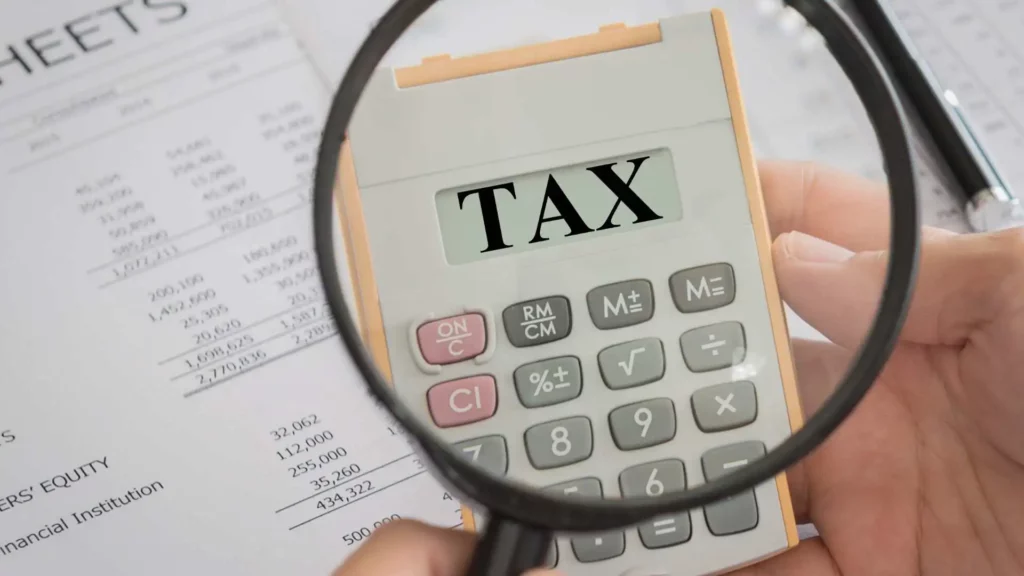Tax season can be overwhelming, with numerous forms and documents to manage. One important form that taxpayers may come across is the 8919 Tax Form. Form 8919 is used by individuals who were misclassified as independent contractors instead of employees. It reports uncollected Social Security and Medicare taxes that should have been withheld by the employer.
This guide will help you understand the 8919 Tax Form, ensuring you complete and file it accurately. Understanding how to use this form properly is essential for IRS compliance and avoiding potential penalties.
Understanding 8919 Tax Form
Form 8919 ensures that misclassified workers pay their fair share of Social Security and Medicare taxes while preventing them from being liable for the employer’s share of these taxes. By understanding and utilizing the 8919 tax form, taxpayers can correct their mistakes, fulfill their responsibility toward the taxpayers, and safeguard their benefits.
Overview of Form 8919
Form 8919 is used by individuals who were wrongly classified as independent contractors to report uncollected Social Security and Medicare taxes. It prevents them from owing the employer’s share of these taxes. It facilitates reporting their share of uncollected Social Security and Medicare taxes on their wages.
This two-part form collects essential information such as the taxpayer’s identification details and the amount of unreported income subject to payroll taxes. By accurately completing the 8919 tax form, taxpayers ensure proper crediting to their Social Security and Medicare accounts, promoting compliance with IRS regulations.
How to Obtain Form 8919?
To obtain Form 8919, visit the IRS website to download and print it directly. Alternatively, you can see a local IRS office for a physical copy. Another method includes convenient filing procedures software options, including the 8919 tax form for electronic submission and your tax return.
Filing Requirements of Form 8919
Individuals misclassified as independent contractors must file Form 8919 if they meet IRS criteria, such as receiving a Form 1099-NEC or 1099-MISC instead of a W-2 and having a valid reason code for reporting uncollected Social Security and Medicare taxes. Filing Form 8919 ensures correct reporting and avoids penalties.
Deadline of Form 8919
Form 8919 must be filed with the taxpayer’s annual tax return (Form 1040) by April 15 (or October 15 with an extension)
Components of Form 8919
Form 8919 includes vital elements for accurately reporting uncollected Social Security and Medicare taxes, such as the taxpayer’s personal and employer details and calculations of owed taxes. Key fields must be filled accurately, including name, address, Social Security number, and uncollected tax amounts. Form W-2 or pay stubs may be required to assess compliance with IRS regulations.
Step-by-step Guide to Completing Form 8919
Completing the 8919 tax form involves providing detailed information about your employment situation and social security and Medicare tests.
1. Personal Information: Enter your name and Social Security number at the top of the form.
2. Firm Information (Lines 1-5):
- Column (a): List the name of each employer who misclassified you.
- Column (b): Enter the Employer Identification Number (EIN) from Form 1099-NEC or 1099-MISC. If unknown, enter “Unknown.”
- Column (c): Select the reason code that explains why you were misclassified.
- Column (d): Enter the date of any IRS determination (if applicable).
- Column (e): Check the box if you received Form 1099-MISC or 1099-NEC instead of a W-2.
- Column (f): Enter total wages that should have been subject to Social Security and Medicare taxes.
3. Total Wages (Line 6): Add the total wages from column (f) and enter the sum.
4. Calculating Social Security and Medicare Taxes (Lines 7-13):
- Use the Social Security and Medicare tax rates provided on the form.
- Follow IRS instructions to determine the total taxes owed.
Before submitting Form 8919, double-check all information to ensure accuracy.
Understanding the Information Reported
Understanding the data on Form 8919 is vital for accurate tax reporting and IRS compliance. This form requires detailing employment status and calculating uncollected Social Security and Medicare taxes. Accurate reporting ensures proper crediting to accounts and fulfillment of tax duties, avoiding potential penalties or audits.
Compliance and Penalties
Failure to file Form 8919 when required may result in IRS audits, penalties, or interest on unpaid Social Security and Medicare taxes. Filing this form ensures proper tax reporting and prevents additional tax liability. Seek professional help for an accurate filing procedure that must be followed to address issues promptly and get benefits from Social Security, meet obligations, and access entitlement perks.
Read Related Articles: 3922 tax form
Conclusion
Form 8919 allows individuals misclassified as independent contractors to report uncollected Social Security and Medicare taxes. Filing this form correctly ensures IRS compliance and prevents additional tax liability. Adhering to Form 8919 and IRS guidelines and understanding your employment status can help you avoid penalties and maximize your benefits.
Use Beem to estimate your federal and state taxes quickly, ensuring you receive the maximum refund. You can also visit the Beem Tax Calculator for a free, quick, and accurate federal and state tax refund estimate.






























